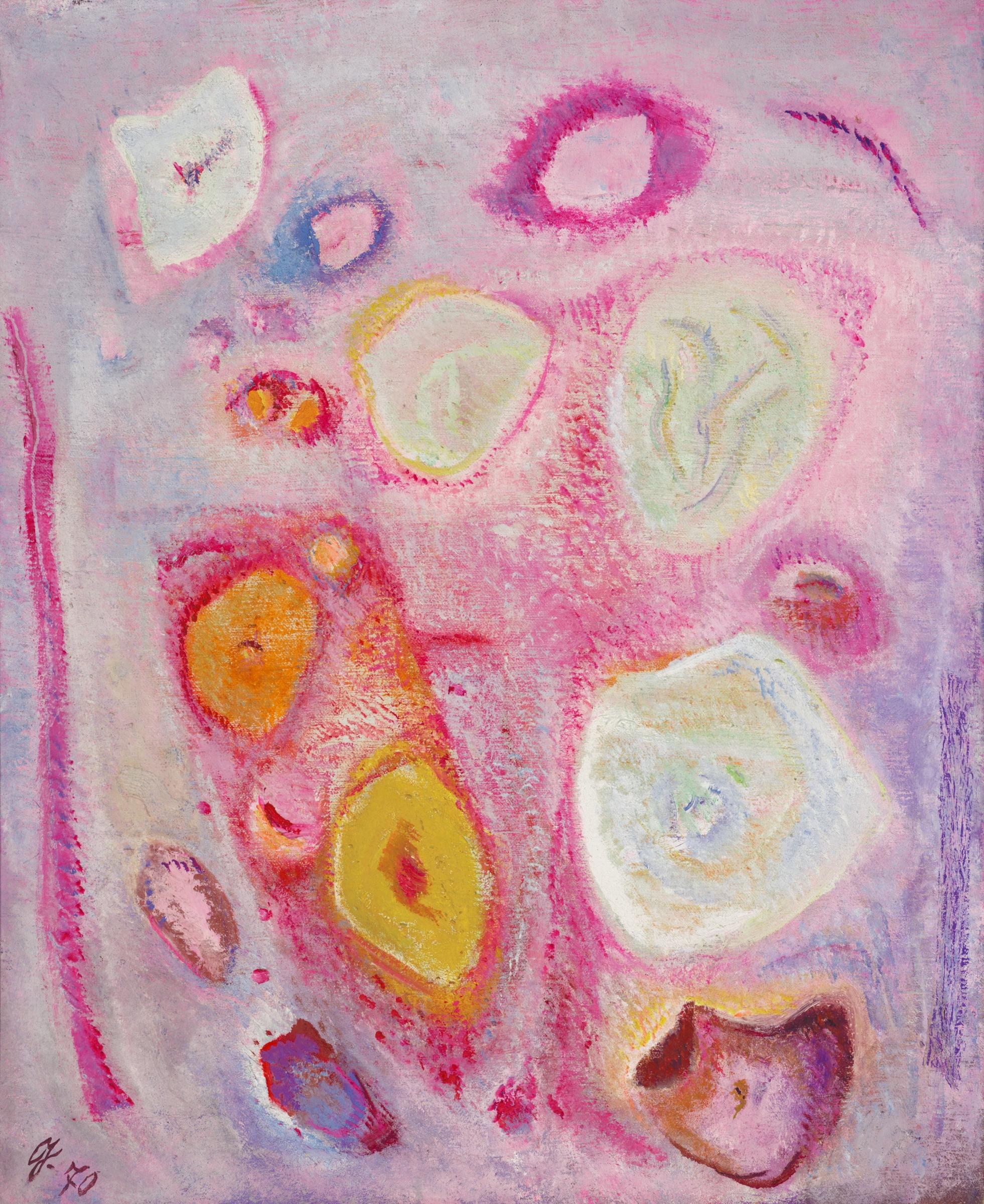|
"Willi Geiger and Rupprecht Geiger: Color as Motif", Künstlerhaus Geiger - die Bax, Übersee am Chiemsee July-September 2021. As illustrated in previous exhibitions, Willi and Rupprecht Geiger are very close not only biographically but also artistically. Father and son influence each other in turn, even though each pursues his own unique artistic path. This year's presentation shows selected works by both artists, which on the one hand complement each other thematically and pictorially, but at the same time differ strongly from each other. The colorful landscape depictions and still lifes of the two artists illustrate the direct relationship to the Bax and its surroundings. At Lake Chiemsee, father and son dealt intensively with nature throughout their lives, whether to render it abstractly or to detach themselves from it. The lifelong fascination for light and color arose for both on trips to the south to the Mediterranean. When Willi Geiger came to grips with El Greco's painting in Spain in the mid-twenties, he still found it difficult to transfer the "magic of color" directly into his work. It was not until his later work that color moved to the foreground of his work. In the late flower paintings, he detached himself from the object and achieved complete abstraction, both formally and in terms of color. Only vaguely do the last flower paintings recall their actual subject and provide a good pretext for "playing" with simple forms and intense colors. In front of one of these flower still lifes, Willi Geiger says at an advanced age: "Gradually I'm beginning to understand what painting is." In contrast, right from the beginning of his artistic career, Rupprecht Geiger placed color itself and its manifold possibilities of representation at the center of his work, even though his early color-intensive gouaches and watercolors were still representational. In favor of color, he quickly begins to gradually reduce his vocabulary of forms to simple geometric shapes. He concentrates on the perception of color, which should be as pure as possible and free of external interference. "The point is always, after all, to make color recognizable, to experience what color is really like," he notes in a sketchbook in 1975. Beginning in the early 1950s, Rupprecht Geiger was one of the first artists in Germany to use chemically produced fluorescent daylight pigments, which have since become synonymous with his work. These fluorescent luminous paints are particularly suited to his aim of creating the "portrait of color". Under the direct influence of his son, Willi Geiger also began to work with these special pigments in the mid-1960s. And so it is said in the family that initially the father secretly steals the day glow paints from his son's studio. He, too, is now concerned with capturing light and color. |
|
Exhibition from
Künstlerhaus Geiger - the Bax Exhibition idea and text: Julia Geiger
|

